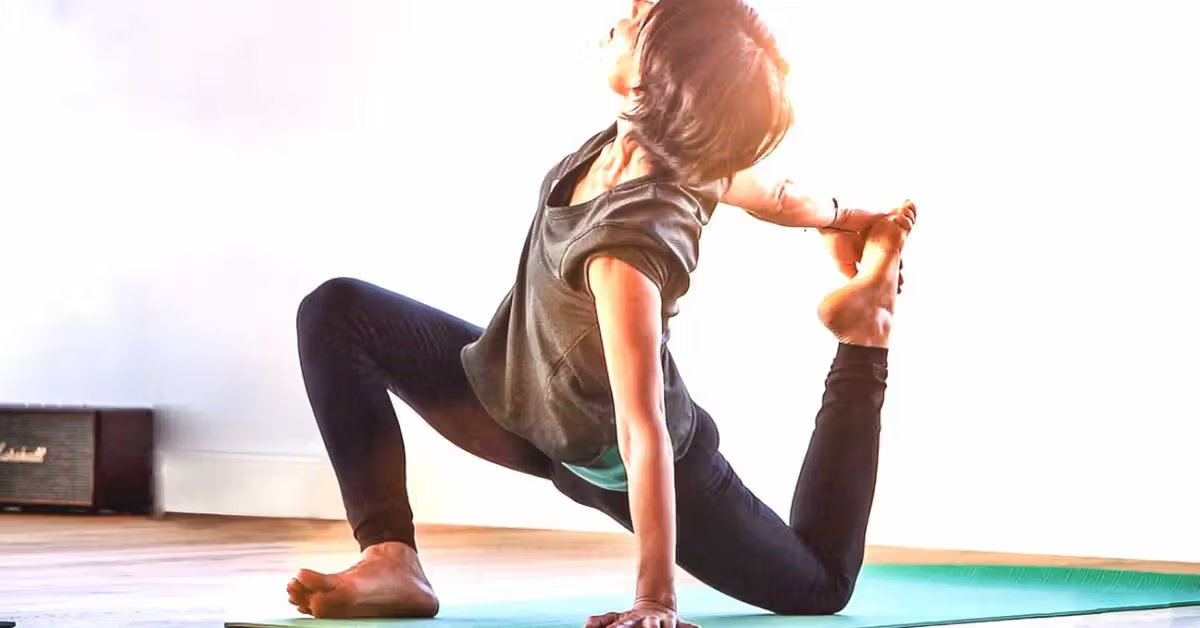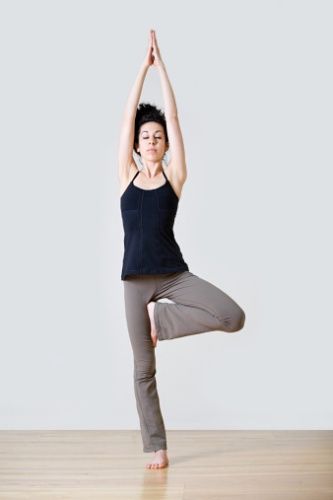Which Is Less Harmful to Your Health: Yoga or Walking?

Which Is Less Harmful to Your Health: Yoga or Walking?
When it comes to low-impact exercises, yoga and walking are two of the most popular choices. Both are often recommended for people of all ages and fitness levels, especially for those recovering from injuries or looking for gentle ways to stay active. But if you’re concerned about minimizing health risks and avoiding harm, you might be wondering: which is less harmful to your health—yoga or walking?
The answer isn’t black and white, but by exploring the physical demands, risks, and benefits of both, we can determine which one may be safer depending on your personal circumstances.
Understanding the Basics
Walking is a natural, rhythmic movement that most people do daily without thinking. It strengthens the legs, improves cardiovascular health, and supports mental well-being. Walking is often praised for being easy to incorporate into your daily routine, requiring no equipment, and being suitable for almost everyone.
Yoga, on the other hand, is a mind-body practice that combines physical postures (asanas), breathing techniques (pranayama), and often meditation. It can range from very gentle and restorative to physically demanding, depending on the style and instructor.
Injury Risk Comparison
Walking:
- Low injury risk. The risk of injury from walking is very low, especially if you wear supportive shoes and walk on even surfaces.
- Common issues. The most frequent complaints include foot pain, knee soreness, or shin splints—usually due to overuse, improper footwear, or walking on hard surfaces.
- Safe for most. It’s generally safe for elderly individuals, those with joint issues, and beginners.

Yoga:
- Higher variability in risk. Injury risk in yoga depends heavily on the style (e.g., Yin vs. Ashtanga), the practitioner’s experience, and the quality of instruction.
- Common issues. Yoga-related injuries tend to include wrist strain, lower back pain, hamstring pulls, and shoulder issues. Many injuries occur when poses are done incorrectly or when pushing beyond one’s flexibility or strength limits.
- Risk for certain populations. People with pre-existing joint conditions or spinal issues should approach certain poses with caution or avoid them altogether.
Conclusion: Walking is generally less harmful in terms of physical injury risk, especially when performed properly and with good footwear.
Impact on Mental Health
Both yoga and walking have been shown to reduce stress, anxiety, and depression. However, yoga may offer additional mental health benefits due to its emphasis on mindfulness and breath control.
- Yoga: Encourages mind-body awareness, deep breathing, and relaxation. It’s often recommended for people dealing with anxiety, PTSD, and insomnia.
- Walking: Especially effective when done outdoors in nature (“green walking”), which has been shown to lower cortisol levels and improve mood.
Conclusion: Both are excellent for mental health. Yoga may offer deeper psychological benefits, but walking provides mood boosts with lower physical risk.
Suitability for Different Body Types and Conditions
If you have physical limitations, the “harm” of an exercise includes not only the risk of injury but also how your body tolerates the movement.
- Walking: Very accessible. Ideal for those with limited flexibility or mobility. Often used in physical rehab programs.
- Yoga: Can be adapted for nearly any body type, but requires more instruction. Not all styles are suitable for beginners or people with mobility issues.

Conclusion: Walking is often safer and more immediately accessible for people with health limitations, although adapted yoga can be a close second with proper supervision.
Long-Term Health Benefits
Both yoga and walking improve cardiovascular health, aid in weight management, reduce stress, and support better sleep. Yoga adds flexibility, balance, and muscle tone, while walking is superior for endurance and heart health.
Conclusion: When practiced consistently and correctly, both promote long-term health with minimal harm.
Final Verdict: Which Is Less Harmful?
If you’re choosing solely based on minimizing harm or risk, walking edges out yoga as the less harmful option for the average person. It’s intuitive, requires little to no instruction, and carries a very low injury rate. Yoga, while incredibly beneficial, introduces more opportunities for strain or injury—especially if performed without proper guidance.
However, the best choice depends on your individual health status, fitness level, and preferences. In many cases, a combination of both—a walk in the morning and a short yoga session at night—can offer the best of both worlds: gentle movement, mental clarity, flexibility, and cardiovascular health.
Bottom Line: If safety is your top priority, start with walking. If you’re ready to explore a more holistic practice and are willing to learn proper techniques, yoga can also be an excellent and low-risk choice. The key to both? Listen to your body, go at your own pace, and be consistent.









